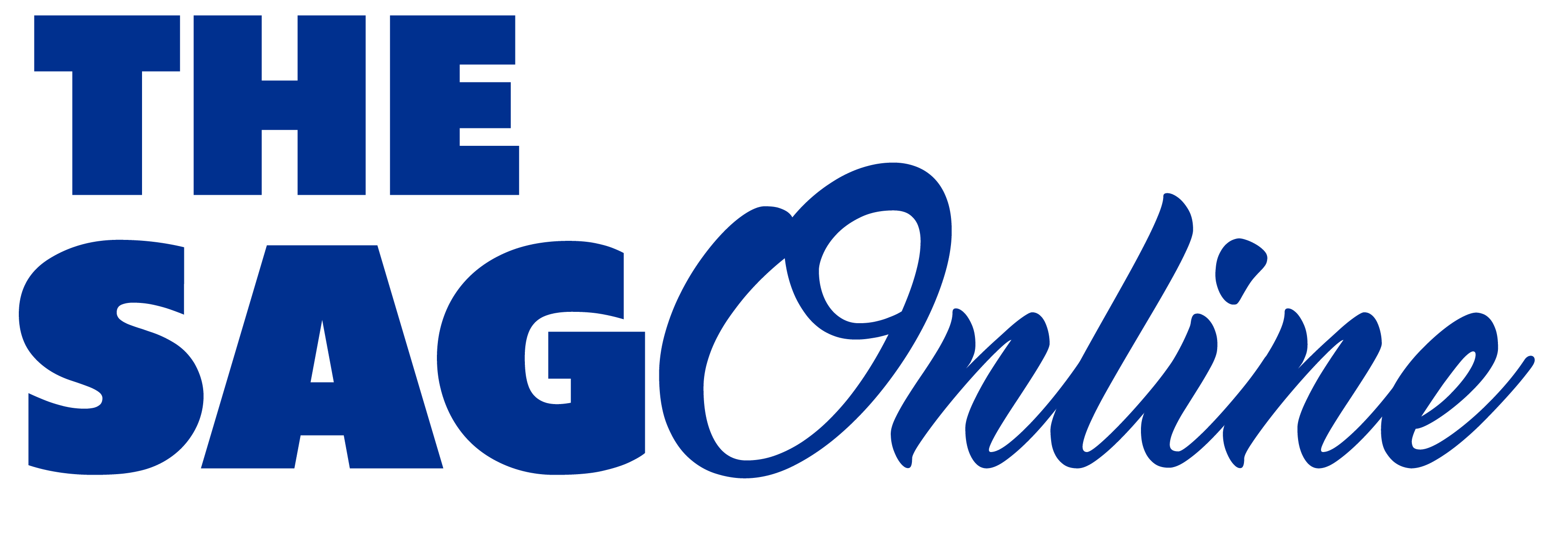The smokestacks that formerly dominated the skyline of Gary, Indiana, serve as a sobering reminder of a time long since past. For decades, this once-thriving steel town has struggled with significant unemployment, continuously earning the undesirable label of Indiana’s city with the highest unemployment rate. Gary’s unemployment rate was a startling 10.3% in July 2023, which was far higher than the state average of 5.8%. It is necessary to examine Gary’s industrial heritage, the intricate problems it faces today, and the continuous struggle for a better future in order to comprehend the causes of this inequality.
The Gary We Know: A Historic City with Serious Difficulties
There is an inherent connection between Gary’s story and the growth and decline of American industry. U.S. Steel founded the city in 1906, and it soon rose to prominence as a major producer of steel. There were many jobs available, which attracted a diversified workforce and contributed to the prosperous era. Gary, however, was severely impacted by the collapse of the American steel industry in the second part of the 20th century. Jobs disappeared, factories shut down, and the city’s economy faltered.
External factors were not the only cause of this deterioration. Gary’s economy was further damaged by citizens’ and businesses’ disinvestment. Residents went for better opportunities when jobs vanished, which resulted in a reduction in city services and a smaller tax base. A vicious cycle resulted from this: more disinvestment and job losses followed by a less appealing city.
Beyond the News: Comprehending the Intricacies of Gary’s Joblessness
Gary’s unemployment problems are mostly caused by its industrial collapse, although the problem is far more complex. The skills gap between Gary’s citizens and the employment accessible in the current economy is one of the main challenges. The steel mills that used to dominate the city needed a certain set of skills that might not be applicable to Indiana’s expanding service or technology industries.
Gary’s inadequate public transit system is another obstacle. Due to a lack of dependable transportation, many locals find it challenging to get to work that is outside of their nearby neighbourhoods. Employment is severely hampered by this, especially for people who cannot afford personal vehicles.
Lastly, Gary’s unemployment issues are exacerbated by its high incarceration rates. A criminal record can make it very difficult for someone to get a job. This leads to a vicious cycle of unemployment and poverty that is hard to escape.
Resilience Stories: Gary Residents Struggle Back (continued)
Gary’s Programs for Workforce Development: Many organisations are attempting to provide Gary locals the skills they need to participate in the contemporary labour market in recognition of the skills gap. Training programs in a range of industries, including information technology and healthcare, are available at the Gary Area Career Centre. By offering employment training and placement services, nonprofit groups such as the Urban League of Northwest Indiana assist locals in bridging the skills gap with opportunities.
Entrepreneurial Spirit: Gary’s entrepreneurial spirit offers additional optimism. In recent years, there has been an increase in small enterprises in the city, many of which are operated by locals who are committed to creating their own chances. These companies, which range from creative tech startups to locally owned eateries and retail stores, are boosting the city’s economy and creating jobs.
Community Initiatives: In addition to company development and skill training, Gary locals are making a concerted effort to revitalise their communities. The creation of green areas, better housing options, and a deeper sense of community are all being spearheaded by community development organisations. In addition to raising the standard of living for locals, these projects increase Gary’s appeal as a place to live and work.
Looking Ahead: Gary’s Road to a Better Future
Although Gary has a long and difficult path ahead of him in terms of economic recovery, there are encouraging signals.
In conclusion, Gary’s future might not be entirely determined by its historical smokestacks. The city might reimagine itself as a thriving centre for emerging enterprises. Gary can overcome its obstacles and give its citizens a better future with sustained investment in infrastructure, workforce development, and community revitalisation initiatives. The city’s tenacity and continuous struggle for a brighter future serve as a ray of hope, showing us that even the most oppressed towns can recover.
Growth Potential: Gary is attracting interest from new sectors. The city is a desirable site for logistics and distribution centres due to its close proximity to Chicago and easy access to transportation infrastructure. Additionally, renewable energy businesses are taking notice of Gary due to its abundance of land and very low cost of living. Residents of Gary may be able to take advantage of substantial job opportunities created by these new sectors.
The Function of State and Federal Assistance: Gary’s economic recovery depends on government assistance. Funding for economic development incentives, infrastructural upgrades, and workforce development programs can be obtained through state and federal programs. A more just and prosperous Gary can also be achieved through policies that tackle the cycle of poverty and incarceration.
This Indiana City Has the Highest Unemployment Rate In The State.


 by
by 




